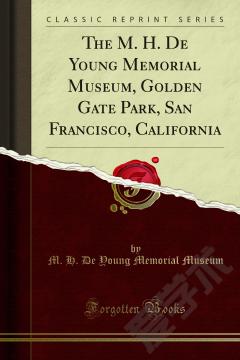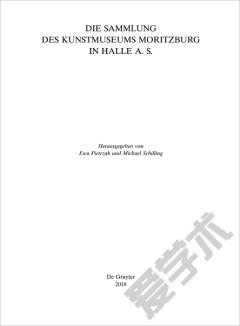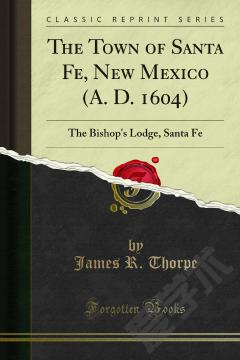The M. H. De Young Memorial Museum, Golden Gate Park, San Francisco, California
Mr. de Young was appointed National Commissioner at large to the Chicago Columbian Exposition in 1893, the appointment coming from President Harrison. Shortly afterward he was elected vice-president of the National Commission.Fulfilling his duties in this position, Mr. de Young was brought into close touch with many foreign exhibitors and he found them most favorably disposed toward his plan for a California exposition, to which they might send their collections. With this encouragement, he called a meeting of Californians then in Chicago and at the same time began a campaign in San Francisco to arouse enthusiasm for the plan.Expressions of interest and willingness to aid came from the Governor of California, the Mayor of San Francisco and from the general public, stimulated by the support given by the press. But the year of 1893 was a period of financial depression and many San Francisco business men feared to embark on an enterprise that promised to be such an expensive one. Notified of this attitude, Mr. de Young immediately telegraphed his personal subscription of $5000 and new life was given the campaign in San Francisco.Meantime, on June 11, 1893, the Californians in Chicago held their meeting at the call of Mr. de Young. Foreign exhibitors pledged their support in sending exhibits to San Francisco. Subscription lists were circulated and a total of $41,500 was pledged.Although the San Francisco public was by this time heartily in favor of the plan, there was still considerable doubt in the minds of the cautious business men who made up the Western committee. Unwilling to proceed without convincing proof that they were taking no serious risk, they appointed a special investigating committee of fifty members. The committee considered the de Young plan from all angles, went over in detail the estimates and suggestions submitted by Mr, de Young, and finally recommended to the general committee a plan for permanent organization, the principal feature of which was a proposition to erect on land in Golden Gate Park, four buildings, the aggregate cost not to exceed $500,000.This was the material with which Mr. de Young had to work when, in the summer of 1893, he returned from Chicago and was immediately named president and director-general of the proposed exposition.
{{comment.content}}








 京公网安备 11010802027623号
京公网安备 11010802027623号